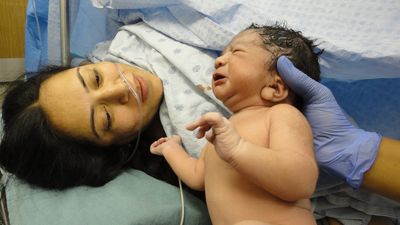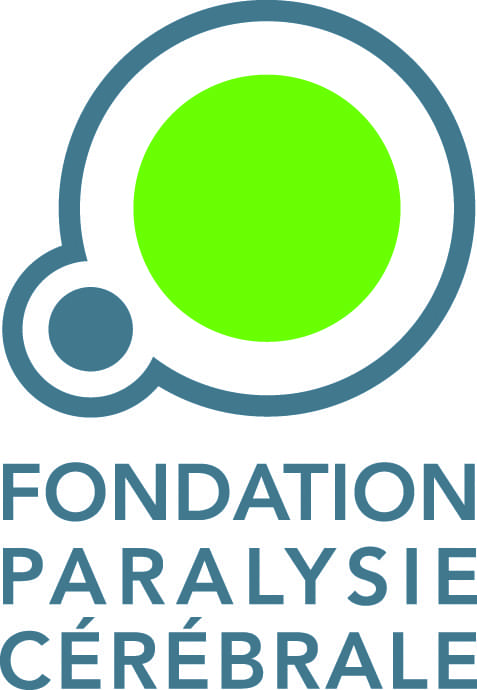A public health issue
Largely "accidental", cerebral palsy affects about 1 500 newborns every year, with nothing predisposing them to this disability

Because this pathology is permanent, and the life expectancy of the people concerned is close to that of the rest of the population, these 1 500 children are joining the 125 000 people already living with cerebral palsy in France: 125 000 is twice the number of people with Down syndrome, by way of comparison.
So the research issues on cerebral palsy are:
- To improve the care and the quality of life of the people already concerned , and to provide solutions to their entourage,
- To continue to reduce the prevalence of this pathology which affects 1 birth out of every 570,
- and for the 4 newborns which, every day, suffer from a brain injury, to reduce the consequences of the lesion (motor, cognitive and sensory)
A vast and varied area of research
To achieve these objectives, the scope of the research is broad and involves a very large number of medical or scientific disciplines.
Four main areas can be identified:

1. Prevention
- Study and understand the main risk factors: during pregnancy (including prematurity), childbirth and neonatal period
- Identify the mechanisms of brain damage, using animal models
- Know how to effectively prevent perinatal neurologic events
2. Early diagnosis and treatment
- Improve early diagnosis (neurophysiology, imaging including antenatal, etc.)
- Develop neuroprotection methods (including drugs) to protect the brain of the fetus or infant and to avoid lesions
3. Life-long support
- Understanding motor, sensory and cognitive disorders, and their mechanisms
- Understanding the development of abnormal neural circuits (through imaging, neurophysiology) and promoting brain plasticity (ability of the brain to reorganize, especially in children, to regain a function)
- Evaluate and validate reeducation techniques that allow maximum autonomy
- Avoid the consequences of cerebral palsy (pain, deformities, orthopaedic complications), and control some symptoms (such as abnormal postures and movements) by the development of drugs, surgical or rehabilitation treatments
4. Quality of life
- Develop and evaluate adapted learning methods in ordinary or specialized settings
- Enable a better interaction of the affected people with their environment, by the development of human-machine interfaces offering new motor or sensory features
- Define the best quality of life indicators and develop appropriate societal actions
- Restore deficient functions (motor skills, vision, cognition, etc.), in particular via the recent advances (e.g. electrode stimulation or cell therapy

